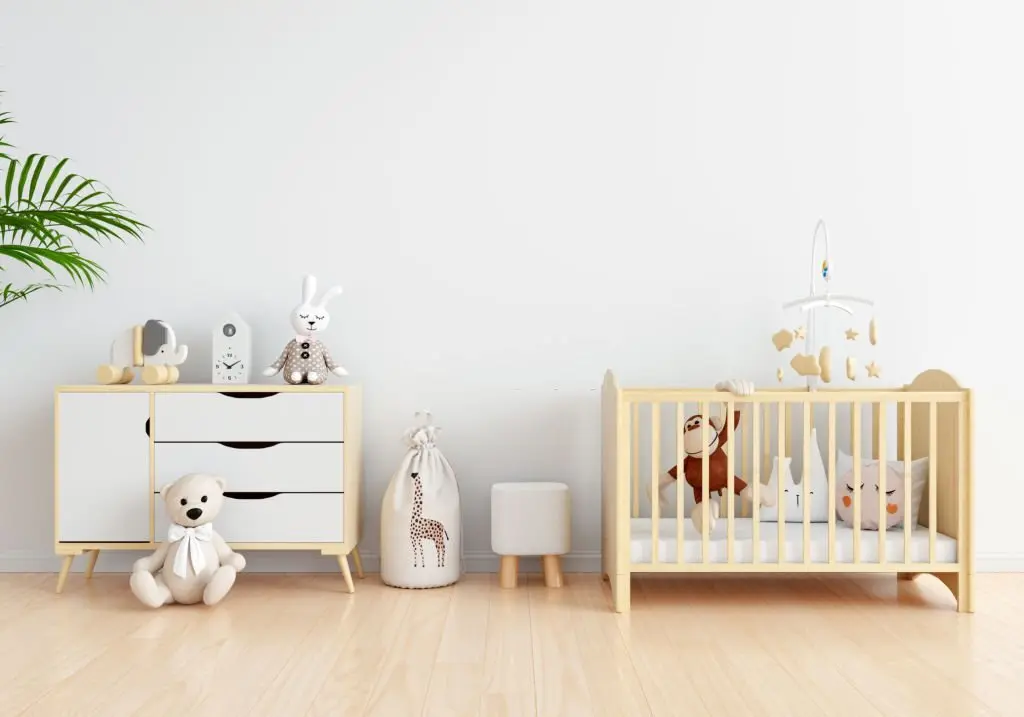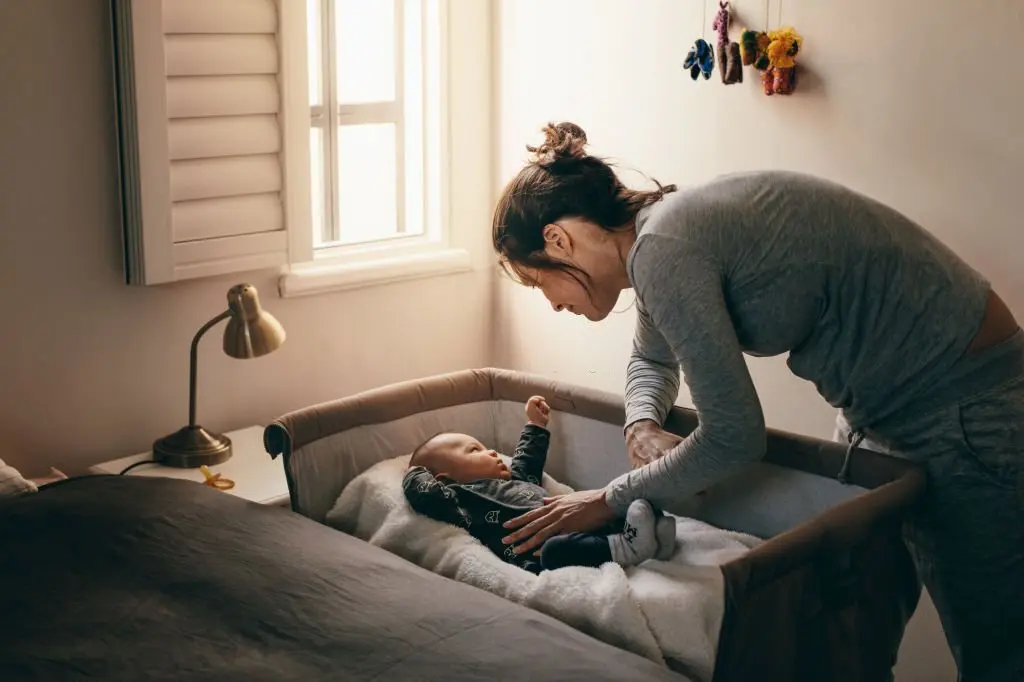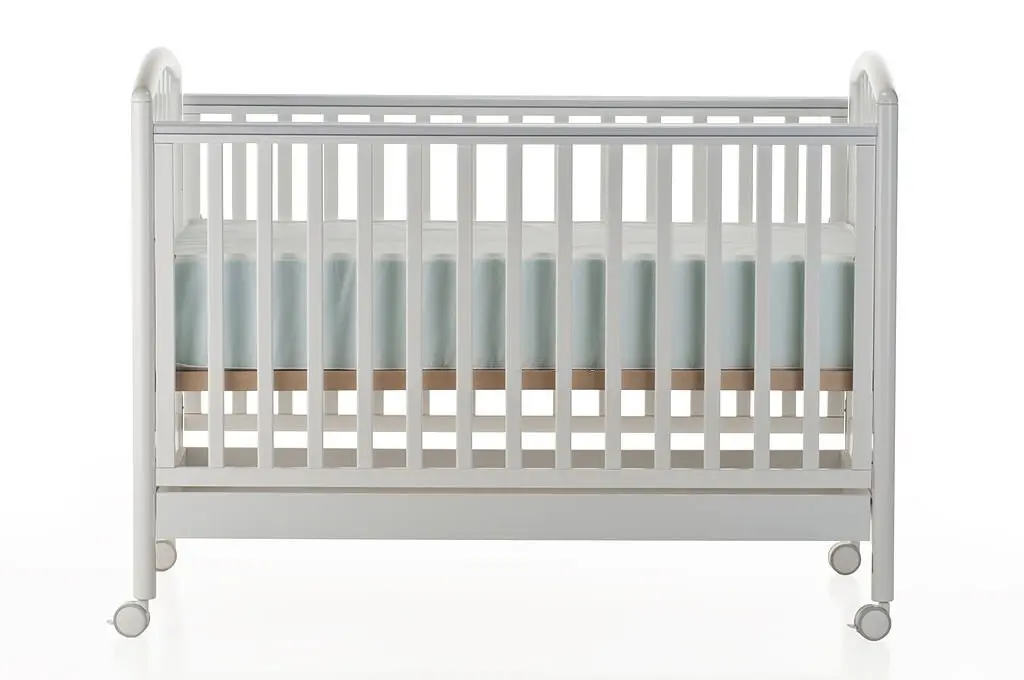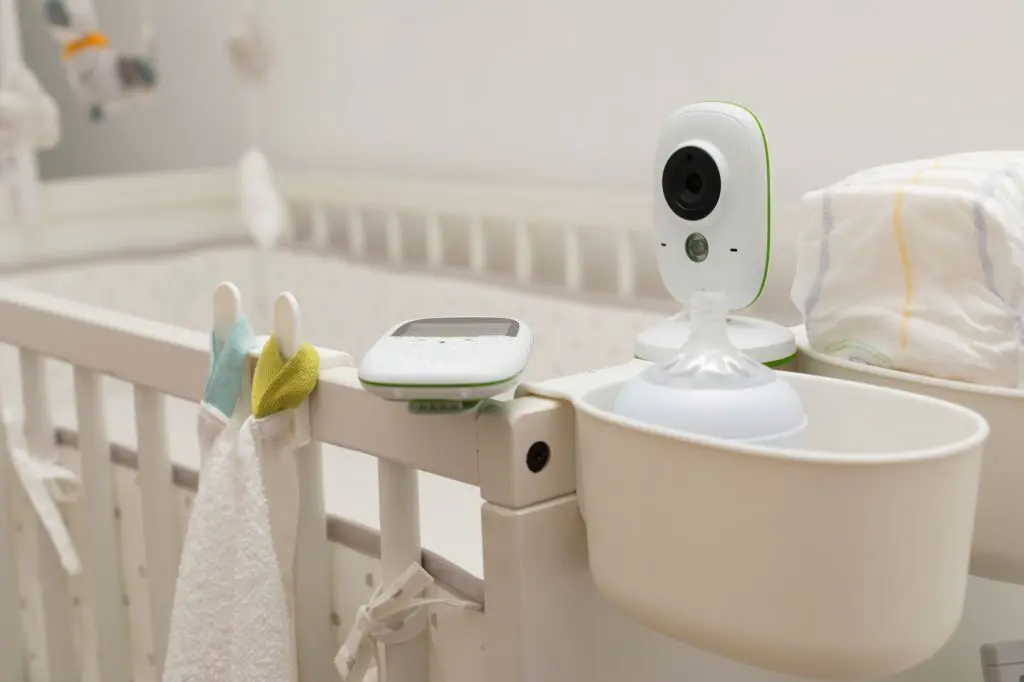When To Move Baby To Crib : A Comprehensive Guide

The transition from bassinet to crib is a significant milestone for both babies and parents. It’s a symbol of growth and change that marks the beginning of new stages of development.
The timing of this shift, however, depends on a variety of factors. In this guide, we will navigate through these nuances, ensuring you make this transition smoothly and successfully.
When to move baby to crib

The perfect time to move your baby to a crib usually falls around the 3 to 6-month mark. However, each baby is unique, and the transition time might vary. Factors such as the baby’s weight, mobility, and comfort level can greatly influence this decision.
It is crucial to consult with your pediatrician to identify the right time that aligns with your child’s development.
When to move baby to crib: Key things you need

In preparing for this significant transition, there are a few key things you will need. These include a crib that meets all safety standards, a firm mattress, a crib sheet, and baby monitors or sound machines for additional safety.
The crib’s location should be quiet, dark, and ideally, the temperature should be kept between 68 and 72 degrees Fahrenheit
How to transition your baby
Get the crib ready

Safety is the paramount concern when preparing the crib for your baby. Ensure it adheres to the current safety standards with a tight-fitting, firm mattress and no loose or soft bedding that could potentially cause suffocation. You may also consider using a crib skirt to prevent dust accumulation underneath.
Transition gradually
Moving to the crib is a significant change for your baby. Hence, it’s crucial to transition gradually. Begin with daytime naps in the crib before transitioning to nighttime sleep. This gradual shift helps the baby acclimate to the new sleeping environment.
Adjusting nap time to the crib
Just as you did for bedtime, consider adjusting nap times gradually to the crib as well. Starting with one nap a day in the crib can ease the transition process, making it less overwhelming for your baby.
Brace yourself and be strong
There will be nights when your baby might cry and resist the new change. Stay strong, and remember, it’s a phase that will pass. Keep comforting your baby and reassuring them of your presence.
Baby monitors and sound machines

Baby monitors are an excellent tool for keeping an eye on your baby from afar. On the other hand, sound machines can provide a soothing environment, easing your baby to sleep. Consider investing in these tools to enhance the safety and comfort of your baby’s sleep environment.
Length of the transition process
The transition process is different for every baby. Some may adjust to the new sleeping environment within a week, while others may take a few weeks. Be patient, and try not to rush the process.
Using white noise
White noise machines can be very beneficial in creating a soothing sleep environment. They can mask household noises that might wake a sleeping baby. However, ensure the sound level is safe for your baby’s ears, aiming for a volume similar to a soft shower.
Recognizing your baby’s sleep patterns
Every baby has unique sleep patterns. Understanding your baby’s sleep cues can help you anticipate their needs and establish a consistent sleep schedule, aiding in the transition to the crib.
Crib bedding and decorations
When setting up your baby’s crib, less is more. Avoid pillows, stuffed animals, and heavy blankets, as these can pose a suffocation risk for infants. Instead, opt for a well-fitted crib sheet on a firm mattress.
If you’re concerned about keeping your baby warm, consider using a wearable blanket or sleep sack.
The importance of a safe sleep environment
Creating a safe sleep environment extends beyond just the crib. The room’s temperature should be kept comfortable, not too hot or too cold. Additionally, consider using a nightlight, which can provide enough illumination for you to check on your baby, but not so much that it disrupts their sleep.
Some other signs that indicate it’s time for the transition
Other signs that it might be time to transition your baby to a crib include outgrowing the bassinet, showing signs of increased mobility, and consistently waking up due to discomfort in the smaller bassinet.
Things to consider before moving the baby
Before proceeding with the transition, there are certain factors that you should consider.
Make sure the crib complies with all the safety standards
The crib you choose should meet all safety standards. It should be sturdy, without any loose or missing parts. The slats should be no more than 2 3/8 inches apart to prevent the baby’s head from getting stuck.
Check the size
The crib should be spacious enough for your baby to move around comfortably. An overly large crib, however, might make your baby feel insecure.
Find a firm mattress that fits snugly
An appropriately firm mattress is essential for your baby’s safety and development. Ensure the mattress fits snugly within the crib frame to eliminate the risk of entrapment. Remember, a good crib mattress not only provides comfort but also supports your baby’s growing bones.
Ensure that the crib doesn’t have large cutouts on the headboard & footboards or drop-Ssde rails
Cribs with large cutouts or drop-side rails pose potential safety hazards. The crib’s headboard and footboard should be solid, without any decorative cutouts where your baby’s head or limbs could get trapped.
What not to do while moving your baby to a crib
While it’s important to know what to do during the transition, it’s equally crucial to understand what not to do.
Avoid rushing the process or comparing your baby’s transition time to others. Every child is unique and will adjust to the change at their own pace.
Tips on when to move baby to crib
Navigating this transition smoothly is possible with a few handy tips.
Place the crib in the same spot as the bassinet
Initially, placing the crib in the same spot as the bassinet can provide a sense of familiarity for your baby. This can make the transition less daunting.
Take it Slow
Transition your baby to the crib gradually. Start by letting your baby play in the crib during the day, then progress to daytime naps before transitioning to nighttime sleep.
Stick to the bedtime routine
Maintain consistency in your baby’s bedtime routine. Whether it’s a warm bath or a bedtime story, keeping the routine consistent can provide comfort and predictability during this change.
Sleep with the baby
For the first few days, consider sleeping in the same room as your baby to provide comfort and reassurance. This can make the transition less stressful for both you and your baby.
Practice patience
Remember, patience is key. Your baby might resist the change initially, but with time and consistency, it will adjust to its new sleeping environment.
When to move baby to the crib: conclusion
Transitioning your baby to a crib is a significant milestone in their growth. Although it can seem challenging initially, with patience, consistency, and adherence to safety measures, it can be a smooth and successful transition.
Remember, every child is unique, so respect your baby’s pace and comfort throughout this process.
Frequently Asked Questions about When to move baby to Crib
When should I move my baby from the bassinet to a crib?
Most babies transition to a crib between 3 and 6 months. However, the timing may vary depending on factors such as the baby’s weight, mobility, and comfort level.
When should I stop using a bassinet?
Typically, it’s safe to stop using a bassinet when your baby starts rolling over, sitting up unaided, or when they exceeds the bassinet’s weight limit.
Can a baby sleep in the crib at 2 months?
Yes, if the baby is comfortable and the crib adheres to safety guidelines, it’s acceptable for a 2-month-old to sleep in a crib.
When should the baby be moved to his or her own room?
The American Academy of Pediatrics recommends room-sharing for at least the first six months to a year. However, the ultimate decision depends on the comfort level of both the parents and the baby.
What is the average age that a baby moves to a crib?
The average age for transitioning a baby to a crib is between 3 to 6 months.
What is the earliest age that my baby can sleep in a crib?
The crib can be used from birth if it meets all the safety standards.
